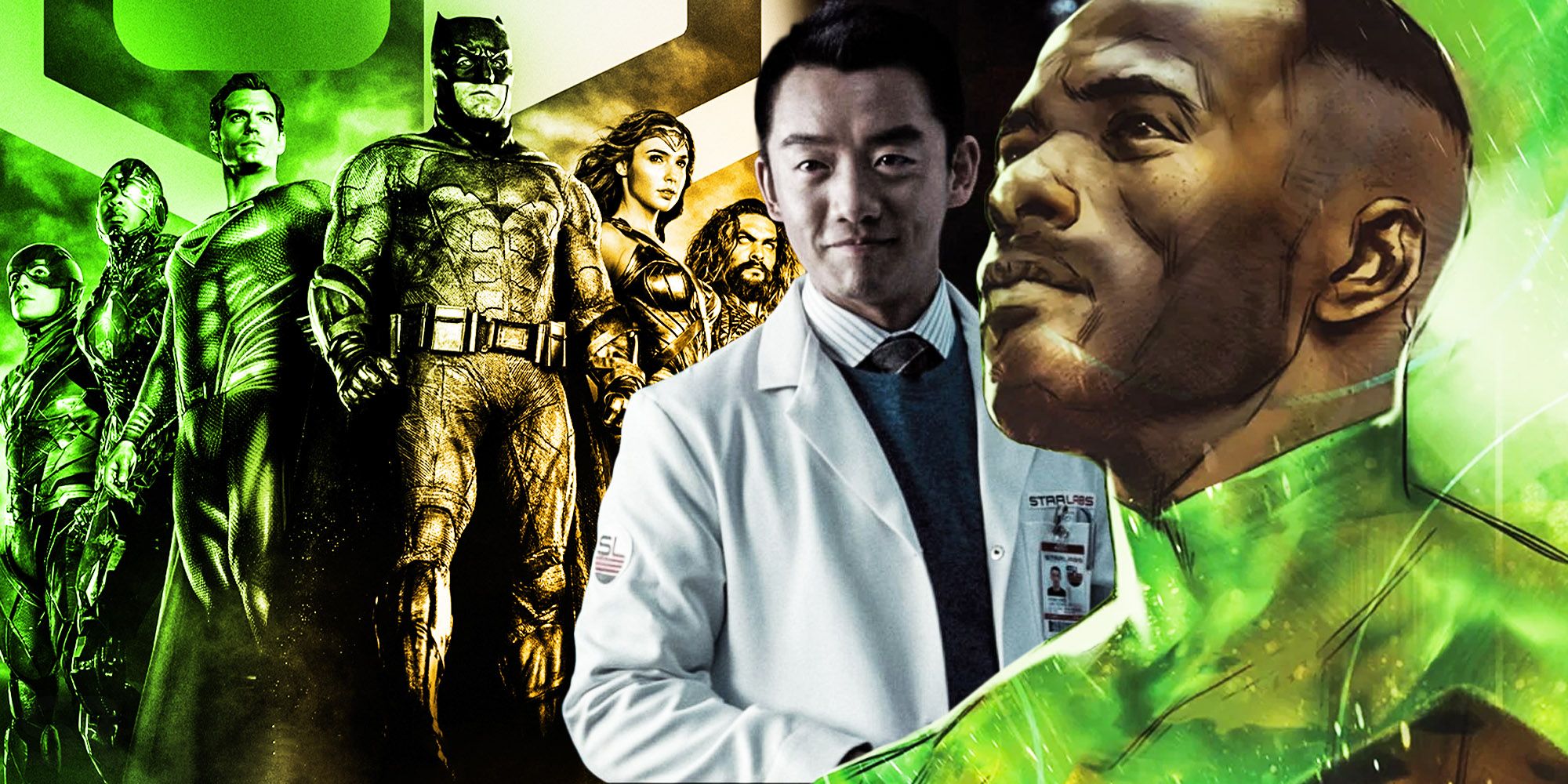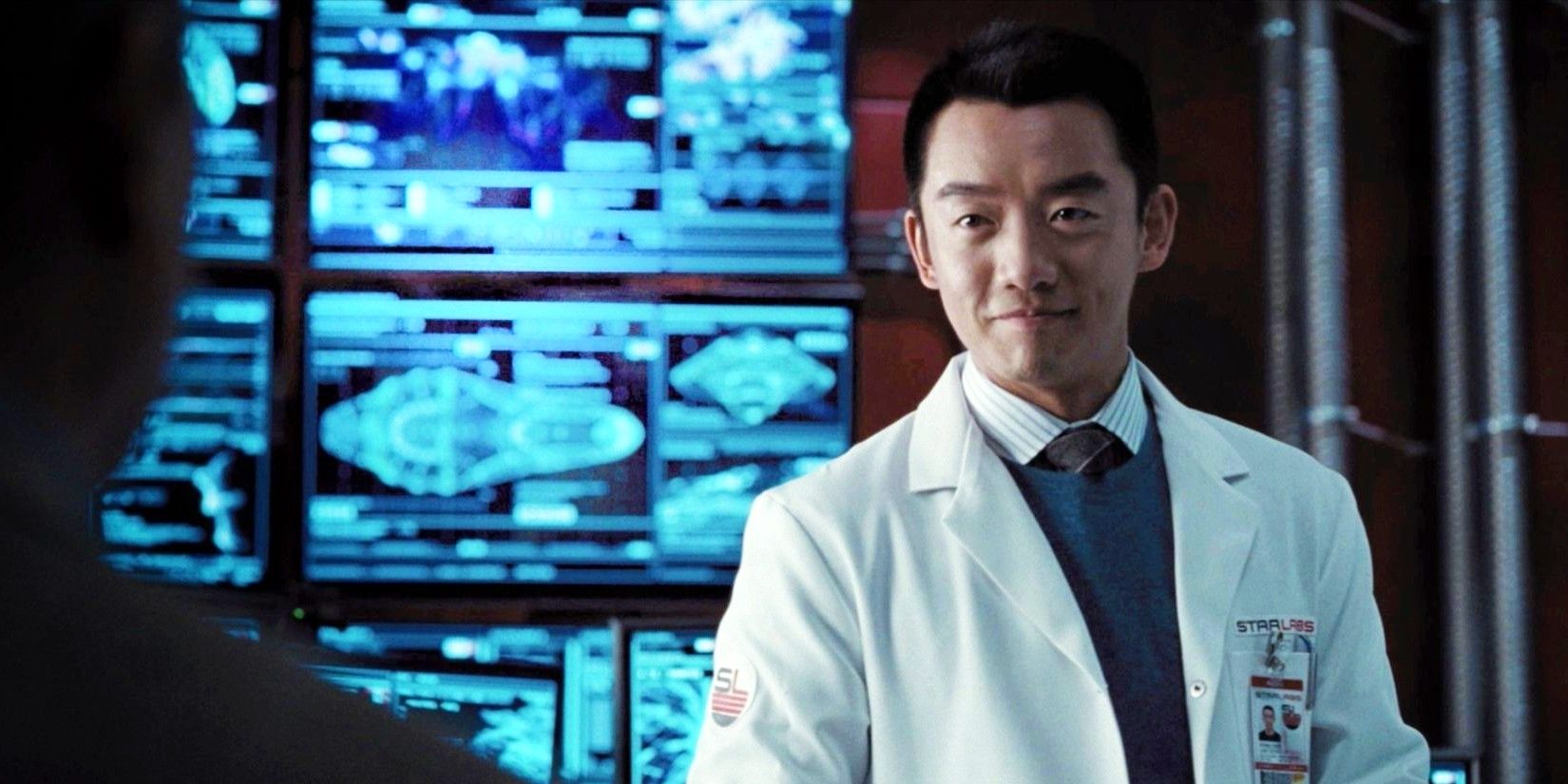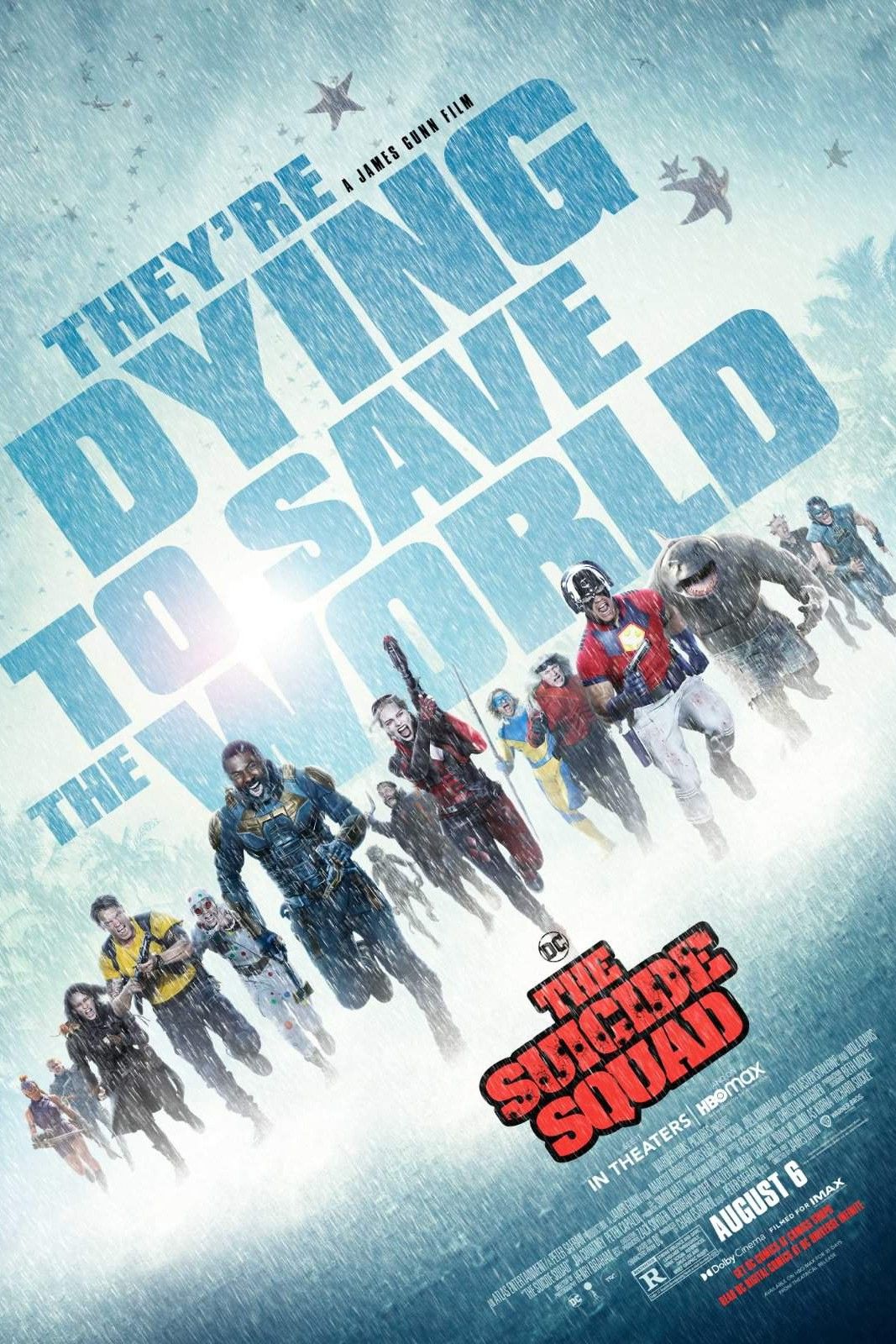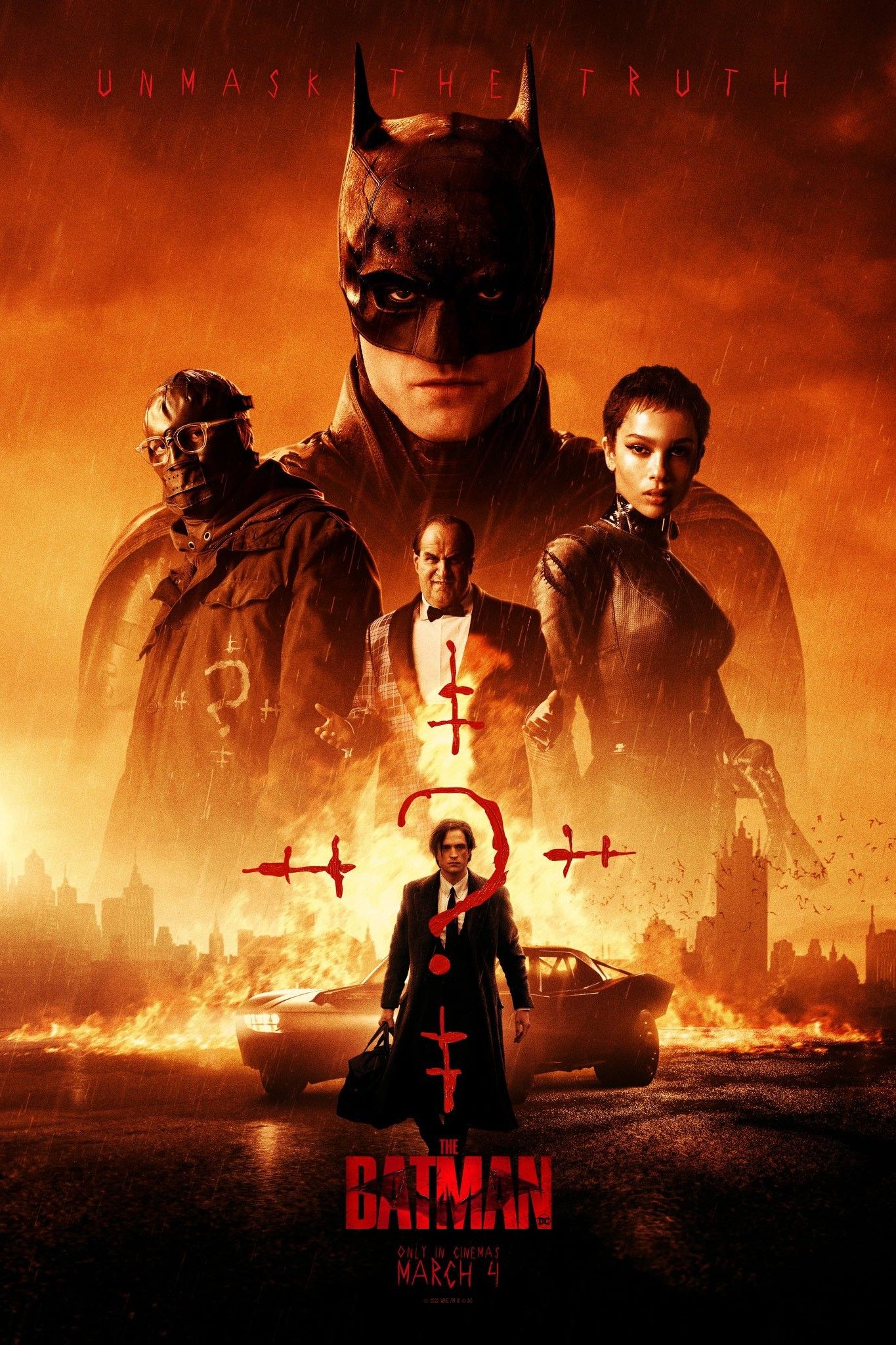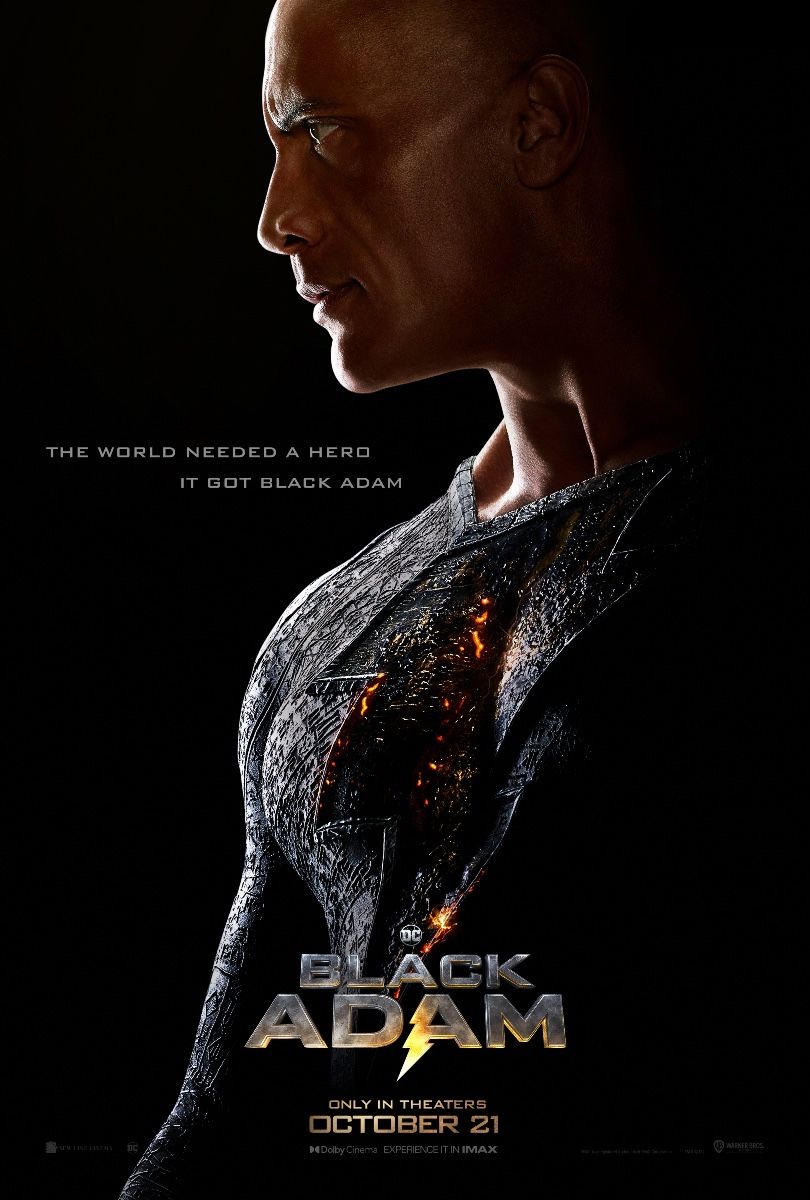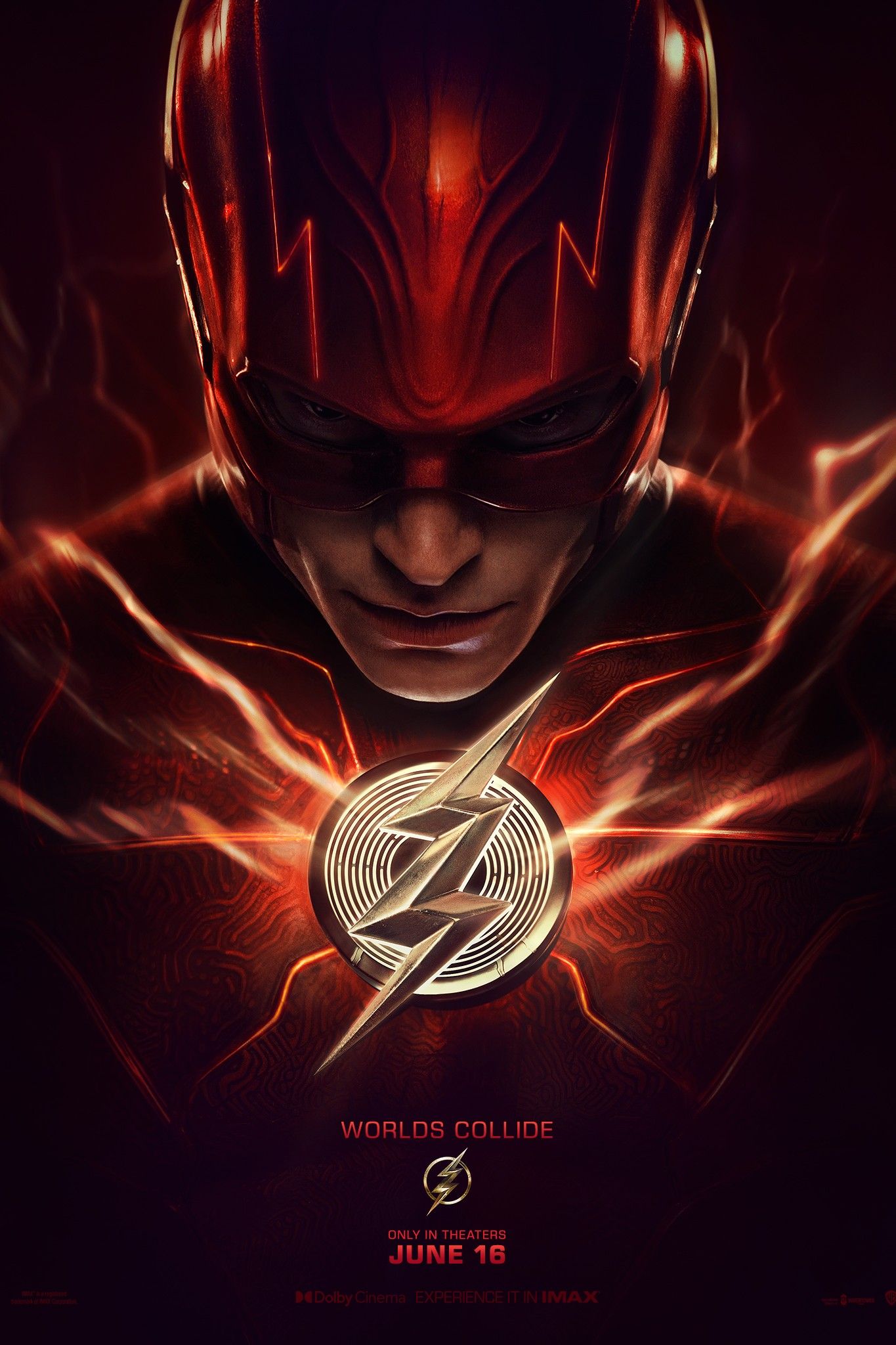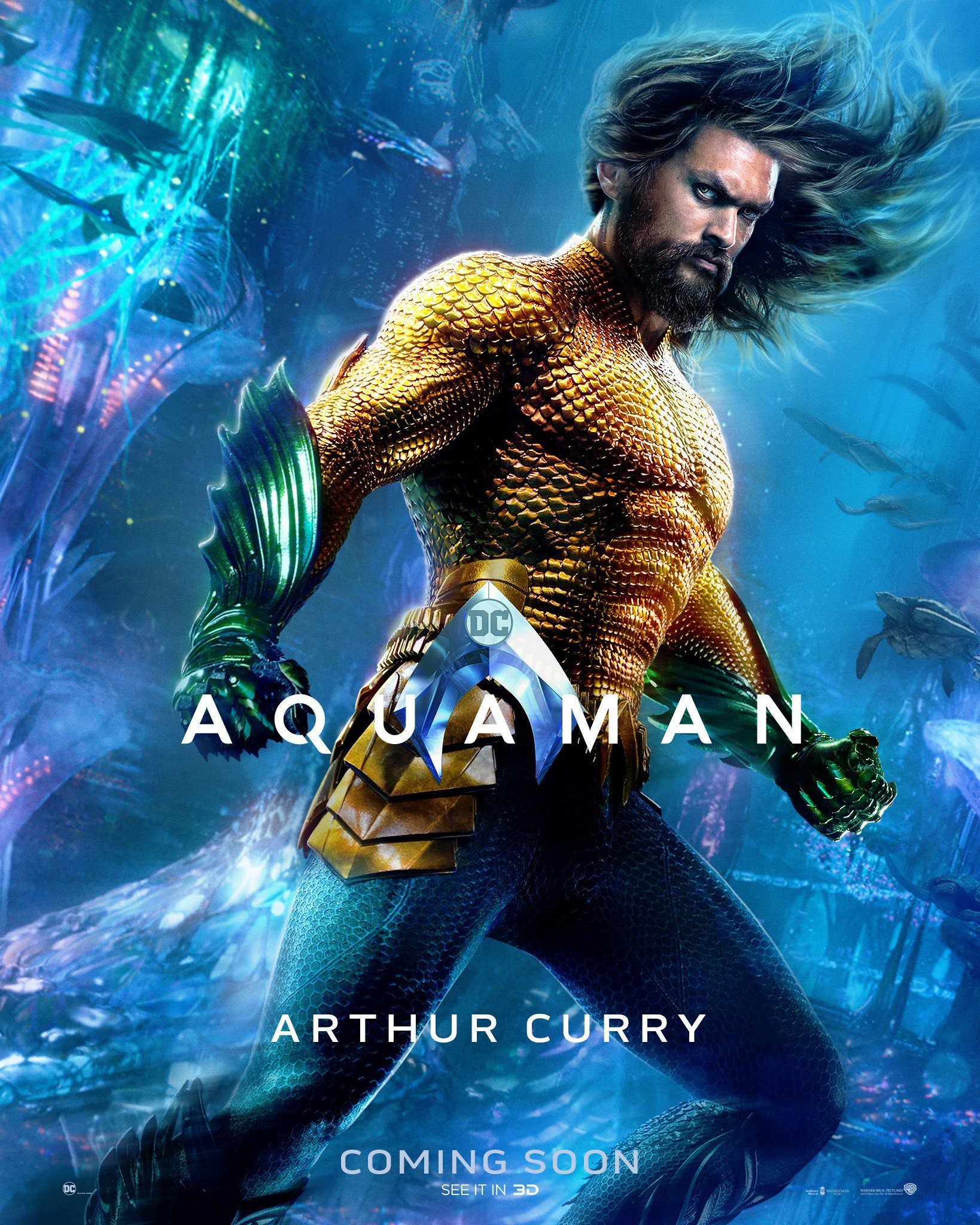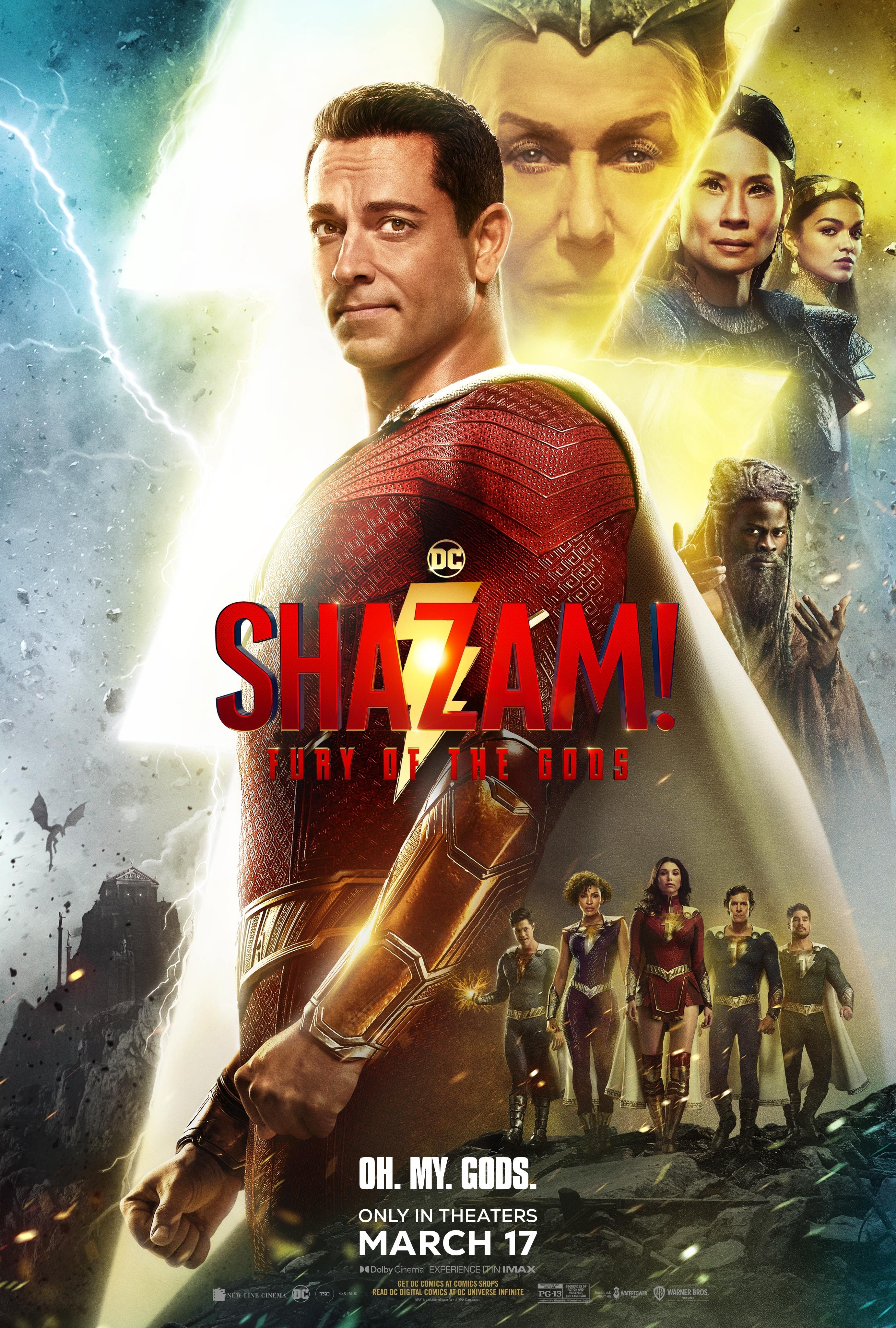Zack Snyder's Justice League ended up setting up one of the most diverse cinematic superhero teams. The comic book genre has over the last two decades exploded on the big and small screen with multiple iconic heroes and villains coming to life. But as the superhero properties have become bigger within the pop culture world, it has also begun to reflect on the lack of representation both in front and behind the camera. Over the last couple of years, more superhero shows and films are improving on not just featuring Caucasian, male, and heterosexual characters, including the DCEU, the Arrowverse, or the MCU.
In most comic-book-based movies or shows, characters of color are typically depicted as supporting characters. In some cases, superheroes that were originally white get people of color to play them and there have even been instances where roles are gender-bent as well. With Zack Snyder's Justice League, the initial team consists of six iconic DC Comics heroes as the group first came together. However, the Snyder Cut also hints at the additional members that would join down the line and it would expand the team's diversity. While Zack Snyder's Justice League may have only begun with the initial six heroes, it was still a varied line-up.
Outside of Superman, Batman, and The Flash, their initial Justice League build-up has the other half consisting of diverse actors. With Aquaman, the character is usually depicted as a blond Caucasian in the comics, but for the DCEU, Snyder cast Jason Momoa who is a Pacific Islander with a background as being of both Hawaiian and white descent. Cyborg, who became a founding member of the Justice League through 2011's The New 52, is thankfully still part of the cinematic line-up with Ray Fisher portraying him. Wonder Woman isn't an afterthought as she's introduced in Batman v Superman: Dawn of Justice so that Gal Gadot's character could clearly be a part of the DC trinity from day 1 instead of making her a tagalong to Batman and Superman. The decision to also cast an Israeli actress where the DCEU went as far as to give all the Amazons a version of Gadot's accent is also a crucial factor. Snyder similarly embraced Momoa's Pacific Islander heritage, making his tattoos a part of Aquaman's design instead of covering them up.
That's a lot more representation than, for example, 2012's The Avengers had in their six-person line-up where they featured only Caucasian superheroes. Zack Snyder's Justice League may not get any continuations, but the 4-hour cut already set up other characters to join the super-team down the line and make it even more inclusive. Harry Lennix's DCEU character gets revealed to be the Martian Manhunter who chooses to take the form of an African-American man. Zheng Kai played Ryan Choi who in the comics is The Atom and the Snyder Cut even foreshadows his future as a part of the Justice League. This sets up an Asian-American superhero, something that many franchises lack currently. Snyder had even pitched a The Atom spinoff to Warner Bros. for Kai's character to star in, making clear that Ryan's time on the big screen was only just beginning.
While Warner Bros. forbade Snyder from using him, the Green Lantern John Stewart was actually meant to be introduced too as a scene was filmed, but then got cut which led to the Martian Manhunter inclusion instead. This is another example of why Ray Fisher has accused executives at Warner Bros. of racist decision-making, as the heroes who were cut (and a number of non-hero characters) were disproportionately actors of color.
For Zack Snyder's Justice League, even if it's the last Snyderverse film, to be as inclusive as it was for the team's first ensemble film was big and important. Whether it's the Justice League, Avengers, X-Men, Teen Titans, or other big heroic teams, including characters of color and LGBTQ+ from the get-go should be a normal element in this genre by now. It should be on any filmmaker, producer or studio's mindset from the beginning when developing these properties to look at how the world actually looks like today. There's still a long way to go for Hollywood to get better at including representation in their superhero films and movies, with Zack Snyder's Justice League being a strong example of how to keep expanding people of color's presence.

